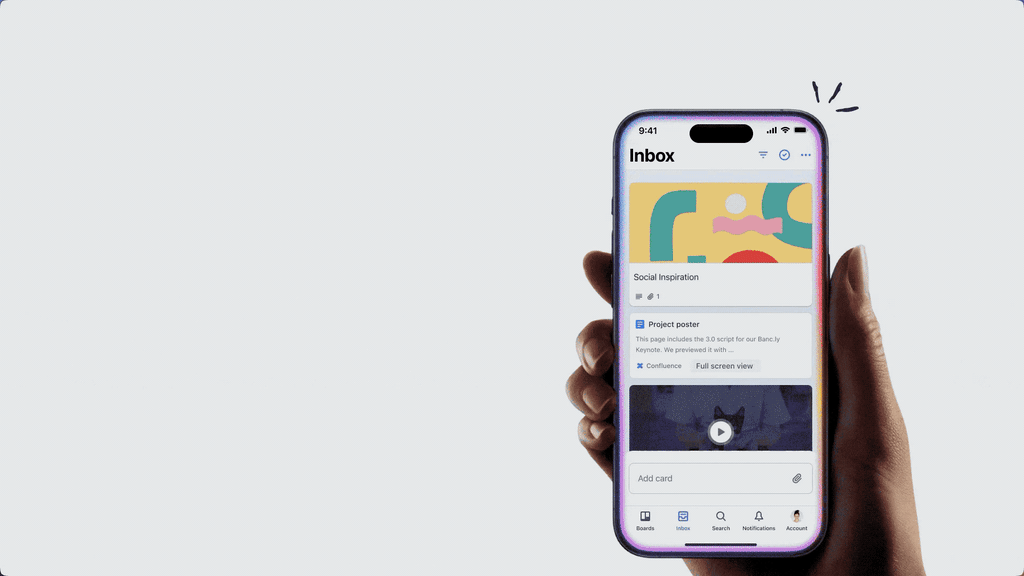Deciding to scale up my digital marketing start-up was a big moment – it meant we’d achieved what we’d set out to in our initial phase, had reached critical mass, and were actively growing. Having accrued valuable years of experience in remote management and delivering projects for major clients, I felt pretty confident about expanding our operations, too.
In research conducted by Harvard, around
First steps and missteps
Initially, I relied on the manual methods I’d been using since the start. My thinking was that if it wasn’t broken, then why fix it, but it quickly became apparent to me that just because something isn’t broken per se, that doesn’t necessarily mean it’s fit for purpose. My management suite was a bit of a patchwork of standalone resources. Emails, instant messaging apps, spreadsheets, and task boards were my go-to tools, but everything was siloed, and the cracks started to show as the team grew.
The
There were constant logistical issues and scheduling conflicts because employees were working at different times and I couldn’t oversee things 24/7. With endless email threads and messaging chats to keep up with, there was also a tangible lack of clarity and accountability among the team, and things were falling through the gaps as a result. Important updates were being missed due to gaps in communication, which led to missed deadlines. That was when I decided that enough was enough.
I knew I needed to evolve my management framework and establish a system that empowered visibility, flexibility, and efficiency of communication. So, I started exploring automation and employee apps.
To turn a chaotic plate-spinning act into a cohesive workflow, I need something that could optimize and unify processes. So, I sought software with automation features that could help me to do that.
For project management, I prioritized solutions that used AI to relieve the burden of manual tasks. My focus was to implement a platform that could offer automation for task tracking and smart notifications for employees about upcoming deadlines for priority tasks. After looking into several different options, I landed on Asana. It provided the functionalities I needed, and as a cloud-based tool, it was straightforward to deploy. This helped with establishing much-needed accountability to avoid oversights due to the diffusion of responsibility.
In addition, I sought a
To round out the core of my new management suite, I also wanted to add a time-tracking solution, as this had been a real pain point. I sought a solution that would automate timesheet creation and scheduling and give me greater visibility over employees’ availability, time-off requests, and active status so that I could manage my personnel better. After some research, I chose Connecteam. It offered the functionalities I was after and also integrated with our existing payroll system, removing much of the administrative burden involved in paying staff. At this point, things started to click. Our communication, project management, scheduling, and payroll were all working seamlessly together.
Of course, throughout all this, I ensured that all the solutions I adopted offered extensive mobile accessibility. As a company with a geographically dispersed workforce, this was a must for us, because it empowered all team members to easily access the information they needed and provide updates on the fly as required. Digital workplaces thrive through flexibility, and mobile accessibility has been critical to us achieving that.
Lessons learned
Since making the changes I did, my organization has thrived. With better work allocation, collaboration, and time tracking, we have clarity, accountability, and productivity like never before. My employees are even more engaged which is driving innovation.
The challenges I encountered have also taught me some valuable lessons. For anyone looking to scale their digital business, remember this – your success will hinge on communication and workflow optimization. Adopt AI and automation as early as possible to create flexible, scalable frameworks for communication, project management, and HR. Prioritize implementing systems that integrate and synergize together, because breaking down silos will be key to maintaining a cohesive digital work environment as you grow.
Scaling a remote workforce doesn’t need to be overwhelming. With a forward-thinking mindset and the right technologies in place, you can create a repeatable growth framework that will help you take your business to new heights.










